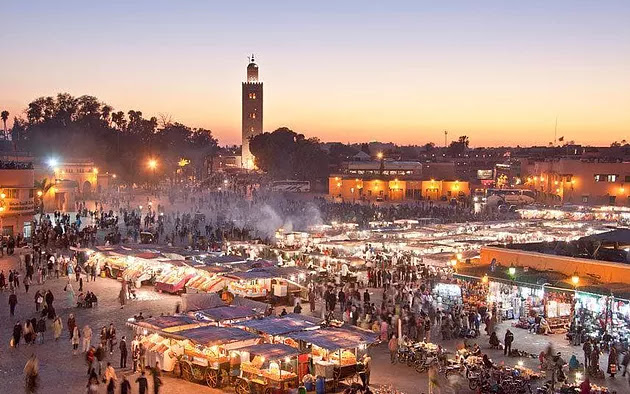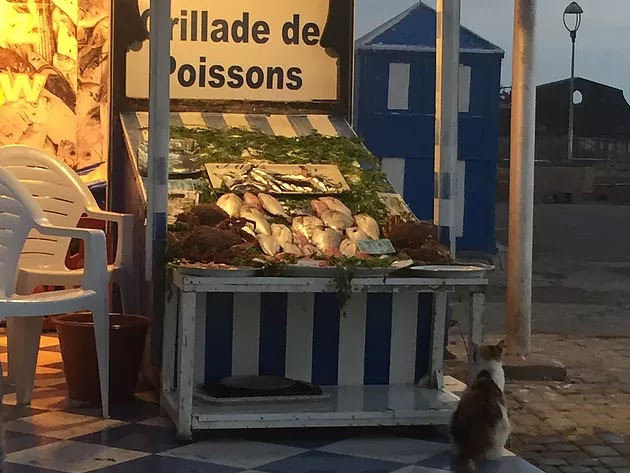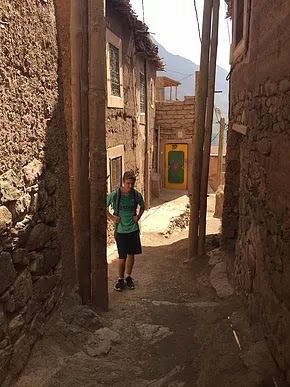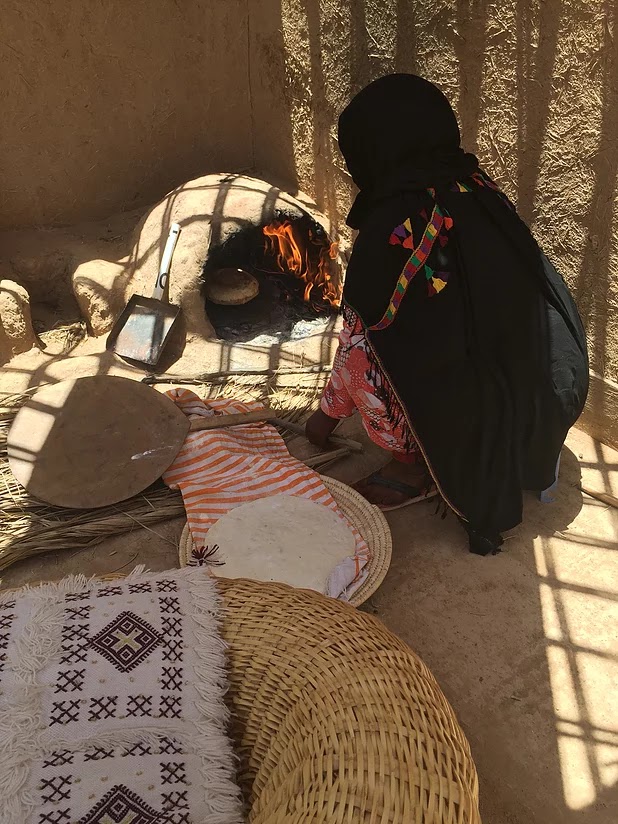www.blueodyssey.com/morocco
After a long flight we finally arrived in Marrakech. It had been over 30 years since Perry was here during his student days in Europe and he was eager to see what had changed. Right from the start it was clear that things had improved dramatically in terms of infrastructure. The airport had just opened 2 months before and was air conditioned, modern and efficient - not words often associated with African airports! The drive into town revealed clean streets and newly paved roads with modern building dotting the route. Once we reached the walls of the old town things started looking more authentic. The red city walls still guarded the inner medina where the buildings had not changed much in hundreds of years. We passed the famous Mamunia Hotel where the stars all stayed in the 60’s and came to one of the outer gates where we disembarked and walked the last bit into the pedestrian only street. The architecture reminded one of a fortress with high crenelated walls, narrow winding streets, low slung buildings (none more than 2 stories as dictated by law). Soon we had manuvered our way to our “riad” (traditional home).
The next day our local city guide, Mohammed, met us and heaped us plan our day according to our interests. We started off on our walking tour in the early morning and made our way the covered markets and alleys reminiscent of Istanbul’s Grand Bazaar but in a more lively open street scene. Our first stop was a fantastic example of Moroccan architecture where the founders of the city established the royal tombs of the tribe of Siad. As we walked among the tombs we witnessed amazingly intricate carvings of wood, ivory, mother of pearl and more all inlaid into geometric patterns in the roof and walls. The cool inner chambers gave a nice break from the summer heat outside in the well tended gardens full of wonderful scents like orange blossom and rose. Next it was off to the Jewish quarter called Mellah where we witnessed craftsman plying their ancient trades such as leatherwork, jewelry and much more. There were even some synagogs still standing. Walking through the old medina gave us a real sense of the living history of Morocco. Many tribes have come and gone followed by Arabs bringing Islam, Spanish and Portuguese pushing back, and later French colonization. One still feels the French presence here from the language to the legal system. Morocco gained its independence in 1956 and has a king who actively rules the country.
After a tasty lunch in the bazaar we headed back to our hotel for a swim and waited our the heat until sunset where we ventured back out into the streets which were coming alive after Ramadan. Ramadan is an interesting time to travel in Morocco. Following the lunar calendar it changes dates every year but the one thing that is consistent is that practicing muslims fast from sunrise to sunset. For the traveler in this period this means the streets are much quieter than usual, fewer restaurants are open to the traveler, and the evenings come alive with anticipation as the fast ends and people pour out into the streets to celebrate. We enjoyed the quieter streets during the day and it was great fun to feel the energy at night as the feast started with the boom of the canon signifying the end of the fasting period. One special meal we enjoyed was at Amal Center which was founded to support women in need. As it was Ramadan their normal cooking class was not in session but instead they offered a nightly feast which featured wonderful barbecued meats, various types of rice and vegetables, fresh fruits and juices, and more. We all filled our plates and ate in a communal style once we heard the canon signal. It was fun to meet locals and share in this tradition.






























